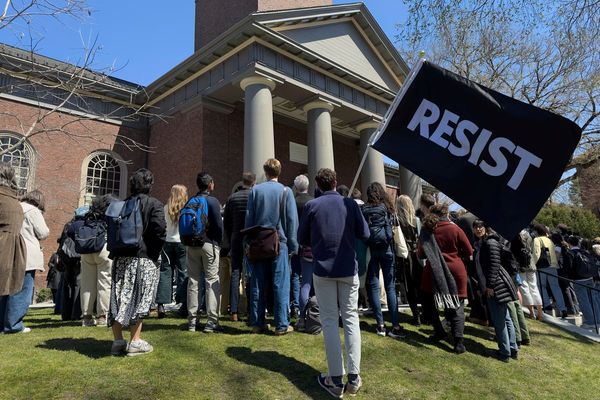
Amateur history hunters in England continue to unearth fascinating artifacts that shed light on the country's rich past. One such discovery was made by a dedicated metal detectorist who found a silver penny minted during the reign of Guthrum, a Viking commander turned Christian ruler in the ninth century. This rare coin, the first of its kind minted by a Viking ruler in Britain, was a momentous find for the detectorist, who described it as life-changing.
The British Museum recently displayed this coin, along with other items discovered by amateur historians in 2023 and 2024. These artifacts, including a set of 3,000-year-old bronze metalworkers' tools, a seventh-century gold and garnet necklace, and a 16th-century gold signet ring associated with Queen Elizabeth I, have been classified as 'treasure' by a coroner.
Detectorists, beachcombers, and mudlarkers play a crucial role in unearthing historical treasures across Britain. The discoveries not only provide insights into the country's history but also showcase the craftsmanship and global connections of past civilizations. For instance, a gold and garnet necklace found in Lincolnshire highlights the Anglo-Saxon artisans' skill, incorporating garnets from Sri Lanka.










These finds are part of the Portable Antiquities Scheme, a government-funded initiative that records thousands of archaeological discoveries made by the public each year. When items are declared treasure, their value is shared between the finder and the landowner. While some detectorists have struck it rich with valuable discoveries, many are motivated by the thrill of uncovering history rather than monetary gain.
Engaging in metal detecting is not just about finding treasures; it also offers mental health benefits. Detectorists often find solace in the slow-paced hobby, immersing themselves in thoughts of history and nature. The methodical nature of the activity, as well as the connection to the past, provides a sense of purpose and tranquility for enthusiasts.
Despite the unpredictable English weather, these amateur historians remain undeterred, eager to explore fields and forests in search of hidden relics. For them, the joy of discovery and the opportunity to connect with the past outweigh any challenges they may face during their expeditions.







